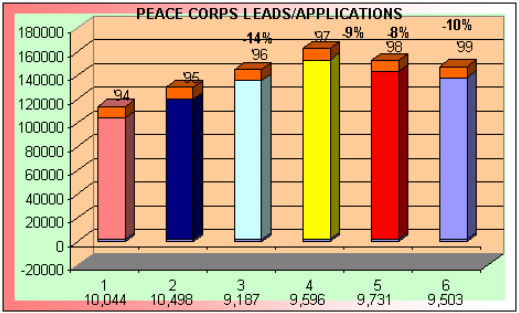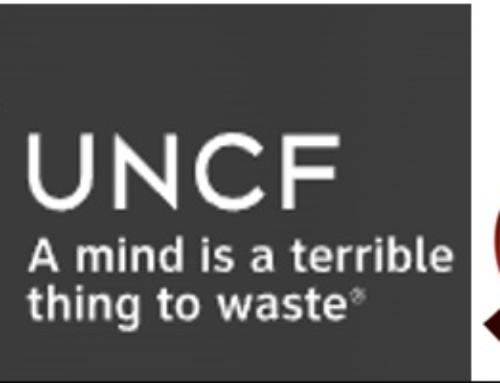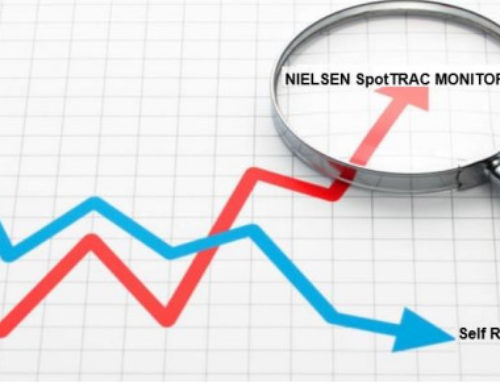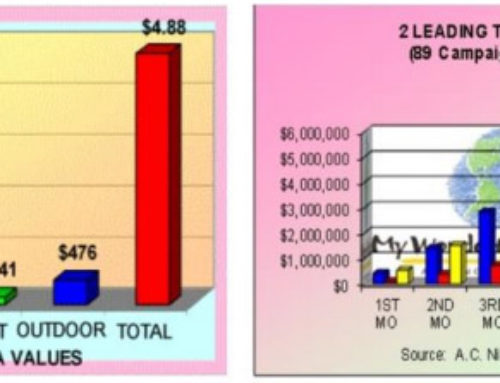One of the most practical and effective ways to measure the impact of your PSA campaign is to use a toll-free telephone number in all your PSAs. Obviously, this entails some logistics, since you have to get a toll-free number, arrange for staffing either internally or externally, and you need to decide how to handle the fulfillment process as well.
Historically the way that most non-profits connected to their stakeholders in the preInternet days, there are still good reasons why toll-free numbers can be useful. For example:
- You can easily track response because the software used can produce call reports
- Not every human is connected to the Web, meaning you can communicate with those who are not
- Some people -particularly the elderly – feel more comfortable dealing with a human being
 Once the system is in place, a toll-free inquiry system can provide invaluable feedback on PSA campaign performance. Obviously, there are many factors that will determine the results you achieve from your campaign, including number of media outlets targeted, quality of creative, message content, spot length, time of year the campaign was released, etc.
Once the system is in place, a toll-free inquiry system can provide invaluable feedback on PSA campaign performance. Obviously, there are many factors that will determine the results you achieve from your campaign, including number of media outlets targeted, quality of creative, message content, spot length, time of year the campaign was released, etc.
Many organizations have had excellent success using toll-free phone lines to impart information to PSA respondents. Perhaps more importantly, these responses provide solid feedback that the campaign is encouraging public response. For example:
- Kids Peace, a charity dedicated to child abuse prevention, received 50,000 calls from a 30-second TV PSA
- A campaign distributed by the USDA on soil conservation generated 30,000 calls in a six-month period
- A campaign on Alzheimer’s produced by the National Institute on Aging, resulted in 89,000 calls over a three-year period
- A campaign on cancer prevention stimulated 71,000 calls during an eight-month period
- Over a six-year period, the Peace Corps PSA program generated 782,000 leads – almost all of which were telephone leads from their toll-free phone number listed in PSAs, and nearly 60,000 applications.

Some steps to consider when planning your toll-free system include:
- Find a vendor that has adequate staff to handle a large volume of calls. Call other organizations, which have used toll-free calls to try and gauge the response you are likely to get.
- Brief your internal staff and external vendor on how to handle inquiries and make sure there is a system for capturing inquiries by source, i.e. PSAs, (by specific media type), publicity, direct mail, give-aways, etc. Share these inquiry sources with everyone on your external communications team.
- Incorporate phone response data into overall program evaluation.
- Determine what type of fulfillment materials you are going to send to respondents and insure you have adequate collateral materials on hand to satisfy demand.
- Take action on what you learn from the inquiries. If you have local affiliates or chapters, share the inquiry information with them. In those areas where calls are light or non-existent, plan remedial strategies such as making personal contacts with local media.
- Send the media samples of the fulfillment materials that you send to the ultimate public; many will want to see them in advance.







Leave A Comment